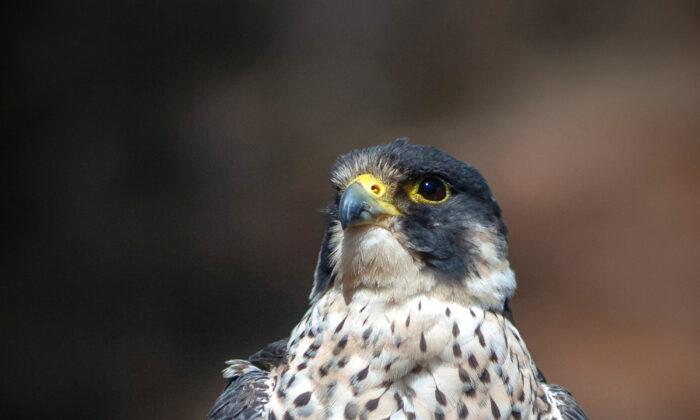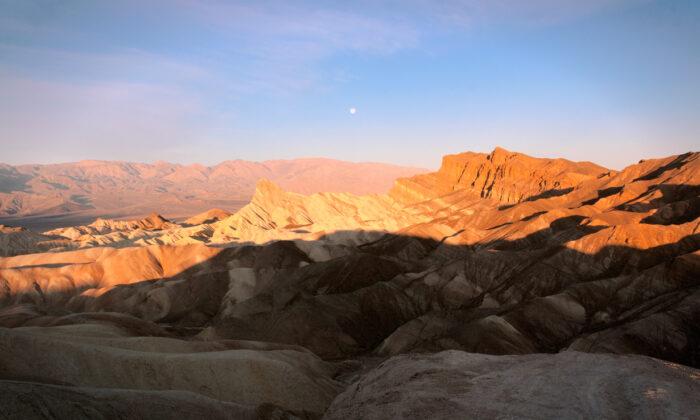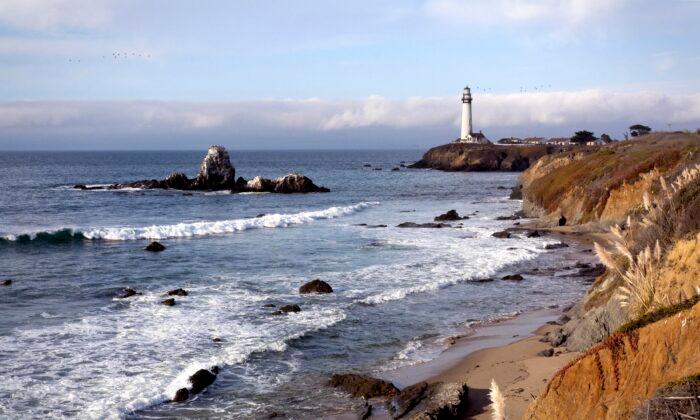Not far off the coast of Southern California, Santa Catalina Island rises out of the Pacific, providing valuable ground for ecotourism and recreation in coastal desert scenery. Creatively cultivated by brilliant minds and wealthy captains of industry, such as William Wrigley Jr., Catalina’s main port of entry, Avalon, is a European-style riviera within the confines of Los Angeles County. American icons including Ronald Reagan and Marilyn Monroe called Avalon home before rising to the heights of stardom. Today, Catalina is a tourist destination offering bison tours, zip-lining, and the rare chance to get up close and personal with some of the fastest creatures on Earth.
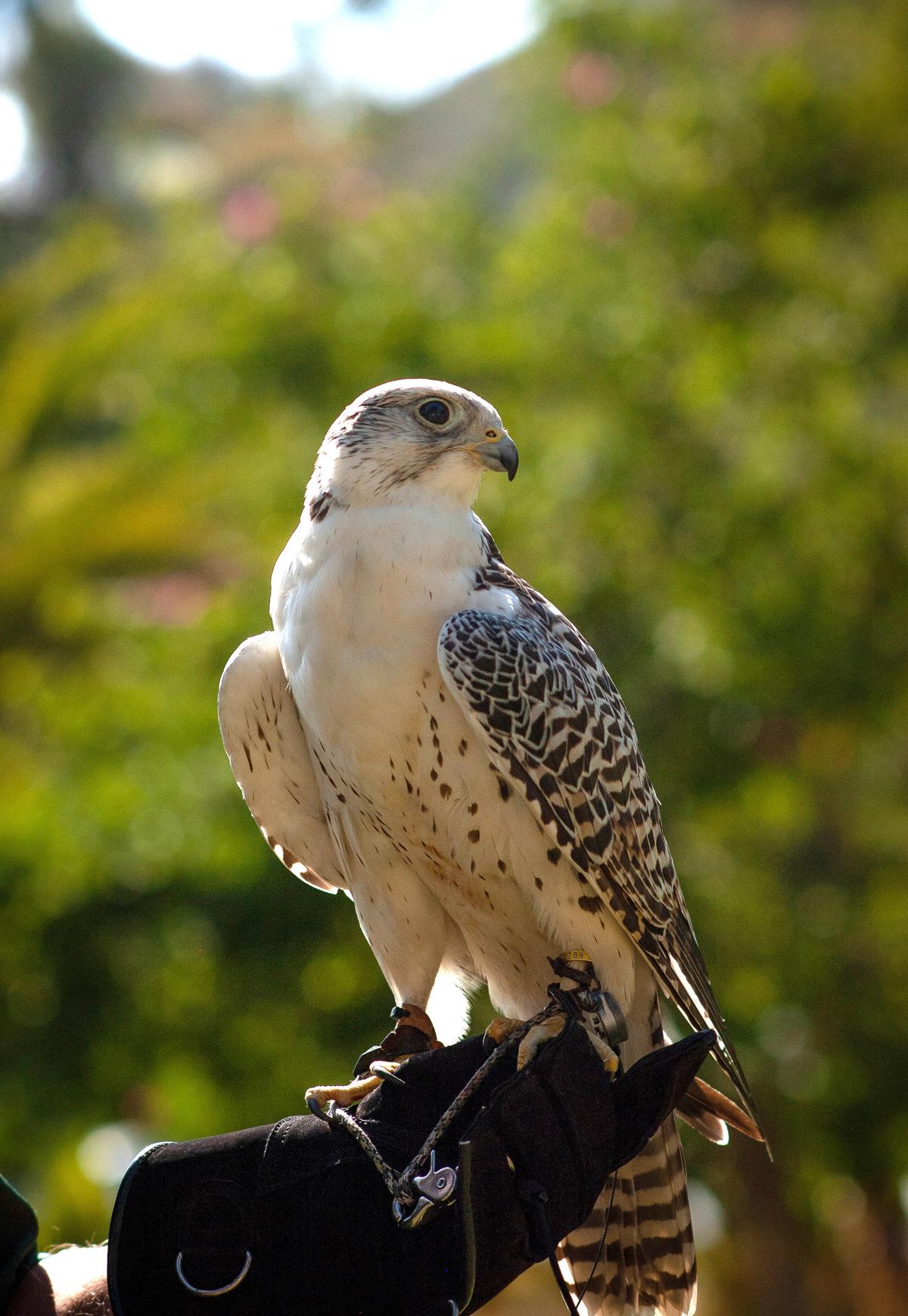
A Family Business
Dave’s passion for these birds is palpable, as is his dedication to education and conservation. A fire captain who has been with the Avalon Fire Department for 18 years, Dave took up falconry as an additional labor of love. On top of leading already busy lives, the Longs are grateful that they can relieve stress through falconry. “To do this, we have to be completely focused and present—all that other stuff that clutters our lives gets put in a box for a period of time,” explains Dave. “That’s what I love most about this: To do it right you have to be fully present with the birds.”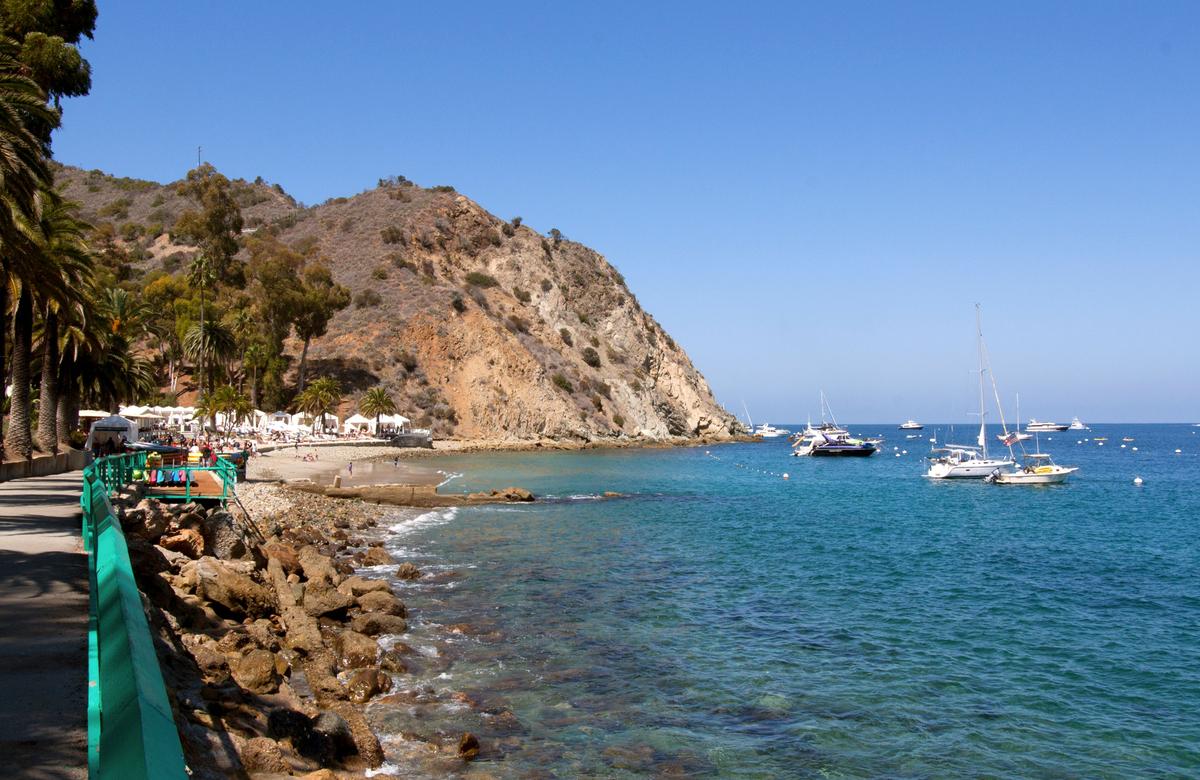
Dave’s father practiced falconry when he was a child, and Dave has proudly carried it forward with his family on Catalina. He and his wife took their lifestyle of falconry to the next level by creating their family business. Raised in a family of educators, Dave loves the educational component of his work, partnering with the Catalina Island Conservancy’s outreach program to educate children at schools and camps. Children get to see the birds up close and learn about their incredibly adapted attributes (the program’s Eurasian eagle owl is one of the most highly adapted animals on Earth).
The Catalina Falconry Experience operates under a rare U.S. Fish and Wildlife permit that lets people put on falconry gloves and temporarily become landing perches for falcons and hawks. Only five such permits have been issued in California, out of only about a dozen total in the Western United States. Within feet of experiencers, the birds soar at tremendous speeds as Dave plays “keep away” with them—a game they always win. Ultimately, the toys they retrieve are exchanged for food, demonstrating the process ancient peoples used when gathering sources of protein for their families. Watching the powerful flight of raptors against the beautiful backdrop of the Descanso Beach area in Avalon is nothing short of spectacular.
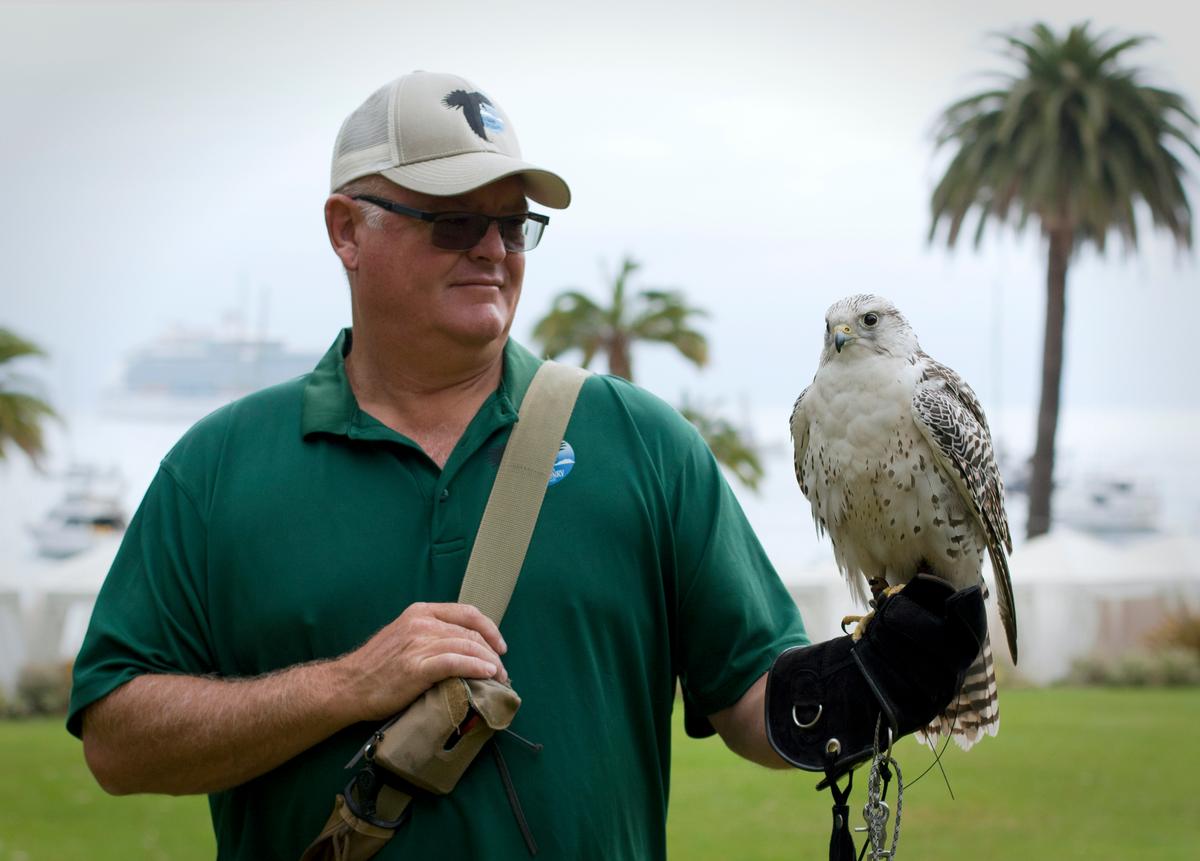
Pacific Bird Sanctuary
Catalina is a natural home for bald eagles, whose population on the island has been restored to its full carrying capacity thanks to the work of the Institute for Wildlife Studies. Bald eagles and some species of falcons were hit hard in the second half of the 20th century by the pesticide DDT’s extremely detrimental ecological impacts. As a result, the population of eagles on Catalina dwindled drastically in the 1960s, ‘70s, and early ‘80s (although DDT was outlawed, pesticides like glyphosate—used in Roundup—continue to wreak havoc on biological systems throughout the modern world). Conservation is a huge part of Catalina’s heritage, and 80 percent of Catalina Island is a protected refuge operated by the Catalina Island Conservancy.From the 1910s to the ‘30s, Catalina Island was home to the largest collection of birds in North America. Created by William Wrigley Jr. and wife Ada when they owned the island, the Bird Park covered about eight acres in Avalon Canyon and was free to the public. The one-of-a-kind park housed up to 8,000 birds in more than 500 cages and included a breeding program for endangered species. The Bird Park was closed following a transitional period on the island during and after World War II, and it is now the grounds of a preschool.
The Longs keep Avalon’s proud avian heritage alive through their educational program. All together, they’ve raised several species of raptors—some from when they were only a few days old. The birds imprint on Dave and Gina, creating a close bond. It’s plain to see that they are professionally cared for, well fed, and live the healthy “lives of a professional athlete.” People attending the experience have the chance to meet multiple species of falcons including peregrine, aplomado, and gyrfalcon, in addition to Harris hawks and a Eurasian eagle owl.
Peregrine falcons, one of the species of raptors featured in the experience, are known as the fastest animals with the largest migratory movement in the world. Jet aircraft with retractable landing gear and articulating wings were inspired by these falcons. “Anybody ever eaten a grape, a blueberry, or had a glass of wine?” questions Dave: “Then you have probably consumed from a crop that is protected by an aplomado falcon”—another bird that attendees have the pleasure of seeing fly. The program’s gyrfalcon is an arctic and sub-arctic bird that commonly lives in colder climates like those of Iceland and Greenland. Last but definitely not least, Ruby the eagle owl captures students’ hearts with her sharp orange eyes and head-feather tufts that act like expressive eyebrows.
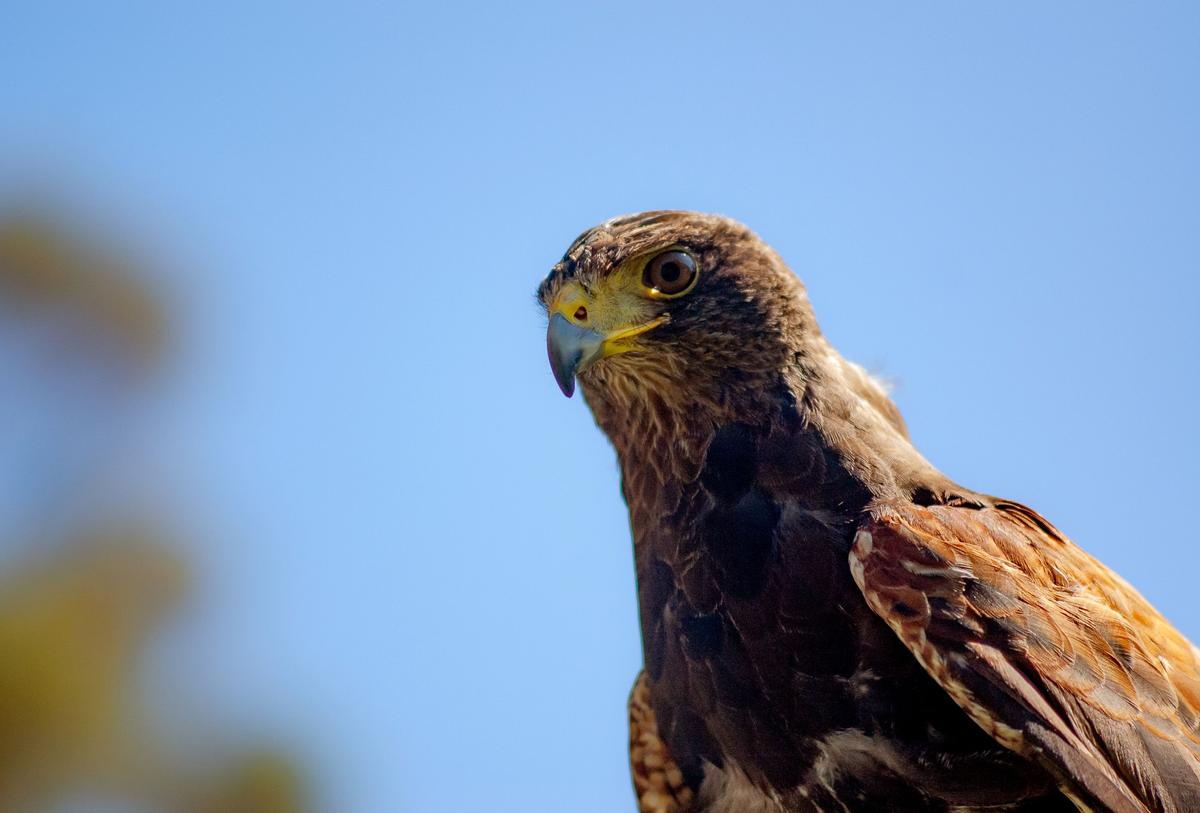
History of Falconry
The practice of falconry is ancient, dating back several thousands of years—falconry is described in ancient writings such as “The Epic of Gilgamesh.” The International Association of Falconry (formed in 1968) insists that “the origins of falconry go back much further than the origins of writing because the earliest written records found describe a highly organized and technical falconry that must have taken many hundreds if not thousands of years to evolve to that level of sophistication.” Falcons and other birds of prey were used in hunting, but they were also highly revered in their own right. Horus, sky god of the Egyptians, was depicted with the head of a falcon, and the mummified remains of falcons are known to have been entombed with Egyptian rulers.Falconry was common in the ancient world throughout Europe and Asia. It is documented that in Iranian history there was a king who used birds of prey as far back as 8,000 B.C. In desert areas such as India’s Indus Valley, falconry was used primarily for survival, whereas in affluent areas of Europe, falconry was a marker of nobility and social status. It was considered a very serious practice of personal cultivation through which one could develop qualities such as patience, strength, and skillful presence.
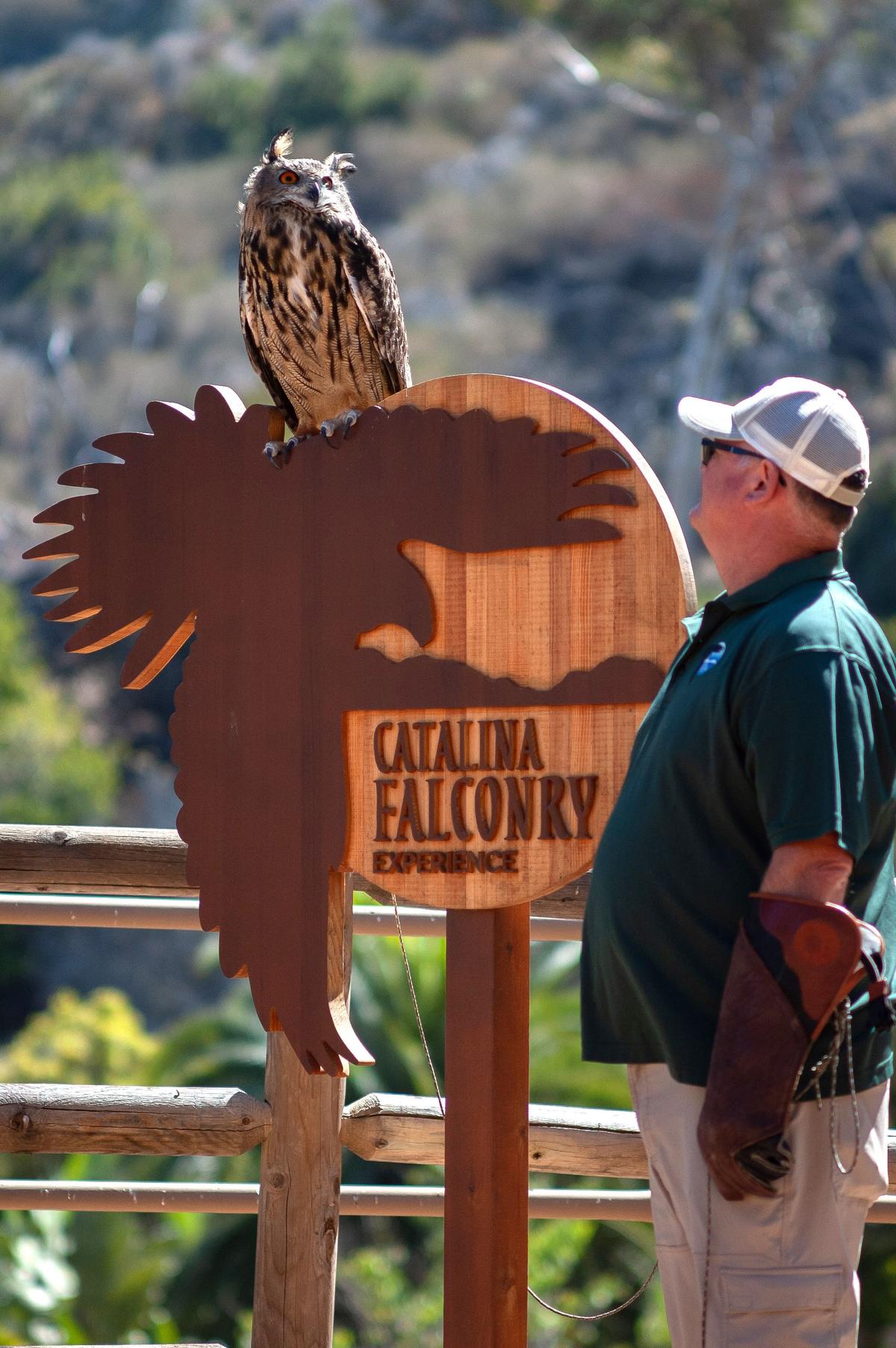
This article was originally published in American Essence magazine.

